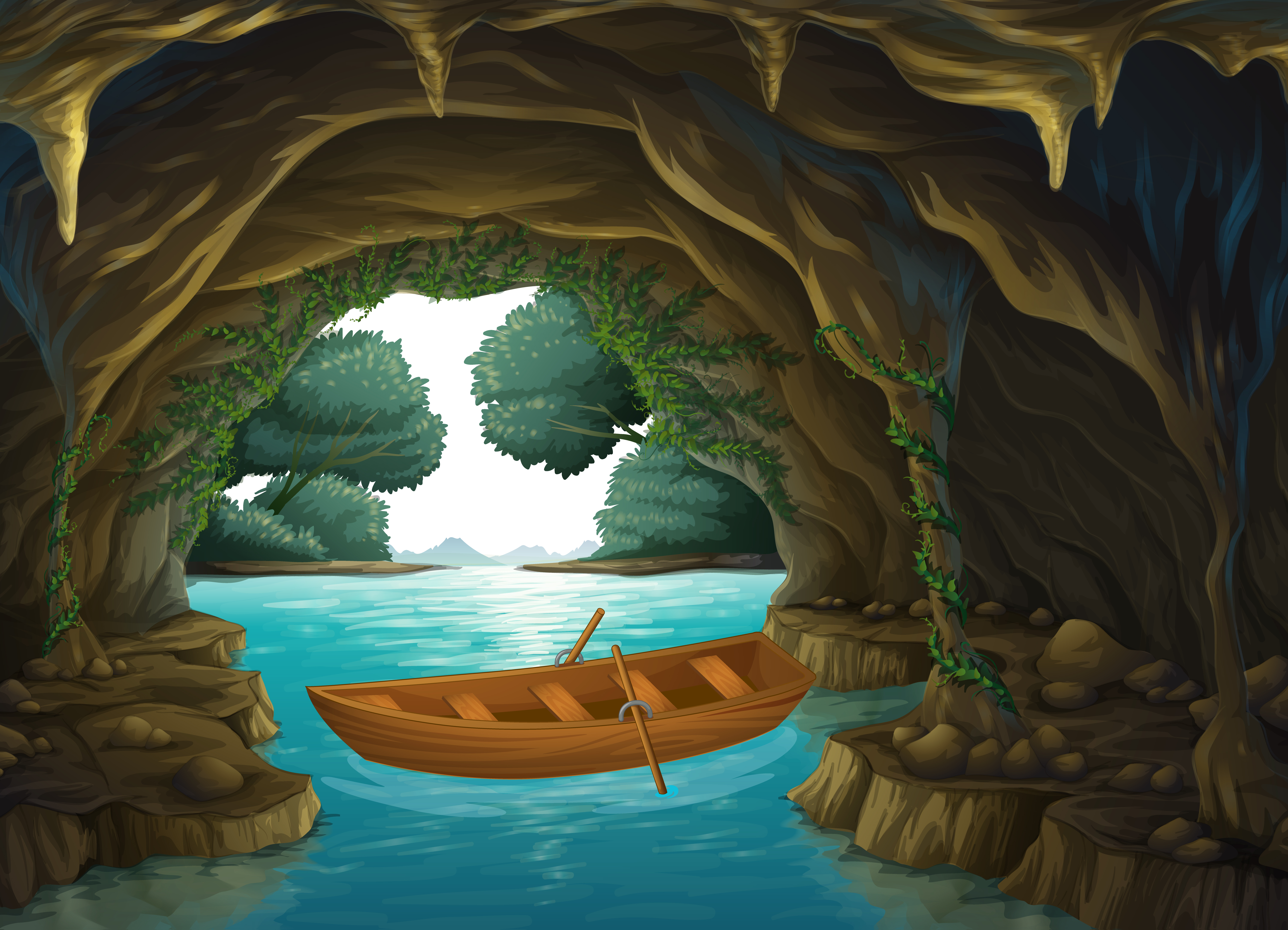

In fact, Jefferson did recognize the obvious fact that species and populations-such as the wolf and bear in Britain, or various American Indian groups-became extinct. He wrote to John Adams in 1823 of his beliefs: The movements of the heavenly bodies, so exactly held in their course by the balance of centrifugal and centripetal forces, the structure of our earth itself, with its distribution of lands, waters and atmosphere, animal and vegetable bodies, examined in all their minutest particles, insects mere atoms of life, yet as perfectly organized as man or mammoth, the mineral substances, their generation and uses, it is impossible, I say, for the human mind not to believe that there is, in all this, design, cause and effect, up to an ultimate cause, a fabricator of all things from matter and motion, their preserver and regulator … The first defense against Simpson’s charge is that Jefferson’s views on extinction were not simply, and certainly not only, a matter of religious prejudice-although it is true that Jefferson was a deist who thought that the Creator had made the world just once, and as it is now. This Nail or horny part of the Claw is said to measure six inches in length. far up the Misouri river in which an Animal is found of a brown colour, much larger than a Bear, of astonishing strength, activity, & fierceness … a Nail taken from the Claw of one killed by the party of Indians to which he belonged but not before it had torn several of them into pieces.

He was therefore pleased when, soon after he completed his study of Megalonyx for publication in 1799 in the Transactions of the American Philosophical Society, a correspondent informed him: Some circumstances have lately been related to me which in my opinion go far in support of your conjecture that the species of Animal whose Bones were found in Green, still exists in the Western Country…. Jefferson was sure that this creature also still lived and, as is well known, he very much hoped that the Lewis and Clark Expedition of 1804–1806 would find evidence of both living mastodons and Megalonyx in the American West. He described this creature in his writings and named it Megalonyx (“great claw”). Jefferson’s second great paleontological interest arose in 1799 when he was sent some bones of a huge mammal “of the clawed kind” that had been found in a cave in Greenbrier County (in present-day West Virginia). Over many years he amassed a large collection of “mammoth” remains, which he displayed in the entrance hall of Monticello, his great house in Virginia. But in his Notes on the State of Virginia (1785), Jefferson had already concluded that the cold-adapted “mammoths” were different from the living tropical African and Asian elephants. He was particularly fascinated by the American mastodon, the elephant relative that he referred to for many years as “the mammoth.” It was not until 1806 in Paris that the French naturalist Georges Cuvier formally separated “mastodonte” from mammoth and also concluded that there were two living species of elephant. Thomas Jefferson avidly collected such accounts as they were important for his view of science. A nice example is given in the journal of James Kenny, a frontier trader who worked for the Commissioners for Indian Affairs, from 1761: the Rhinosses or Elephant Master, being a very large Creature of a Dark Colour having a long Strong horn growing upon his nose (wth which he kills Elephants) a Short tail like an Elk two of sd horns he seen fixd over a Gate at St Augustine, & that its ye bnes of Some of these lies down in Buffelo lick by ye Ohio, wher ye Great teeth Comes from. Similar tales of strange monsters roaming the western lands of the continent had been common in the previous century.


 0 kommentar(er)
0 kommentar(er)
